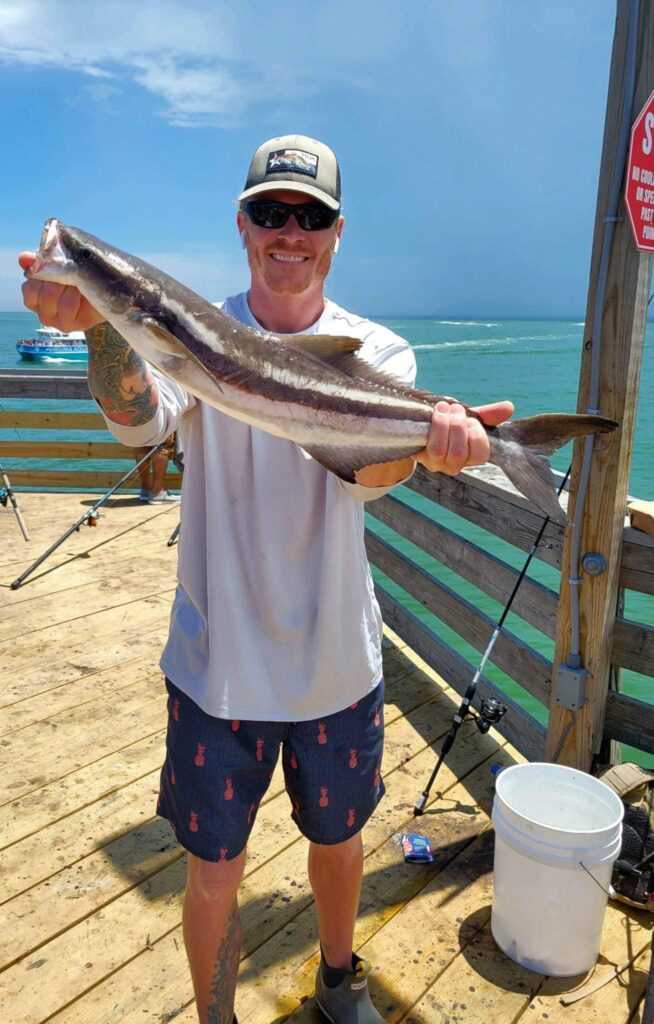
If you are looking for great fishing, you are in luck. The fishing season is in full swing and there are plenty of opportunities to catch a variety of fish. Here are some tips and tricks to help you land your target.
Cobia: These powerful fish are roaming the Bay and the oceanfront, and they can be caught with different methods. One of the most effective ways is to use live eels or croakers as bait, and fish near buoys, wrecks, or schools of rays. Another option is to cast bucktails or large jigs to fish on the surface and reel them in with a fast and erratic action. Cobia can also be sight-fished from a tower boat or a kayak, but you need to be stealthy and quick.
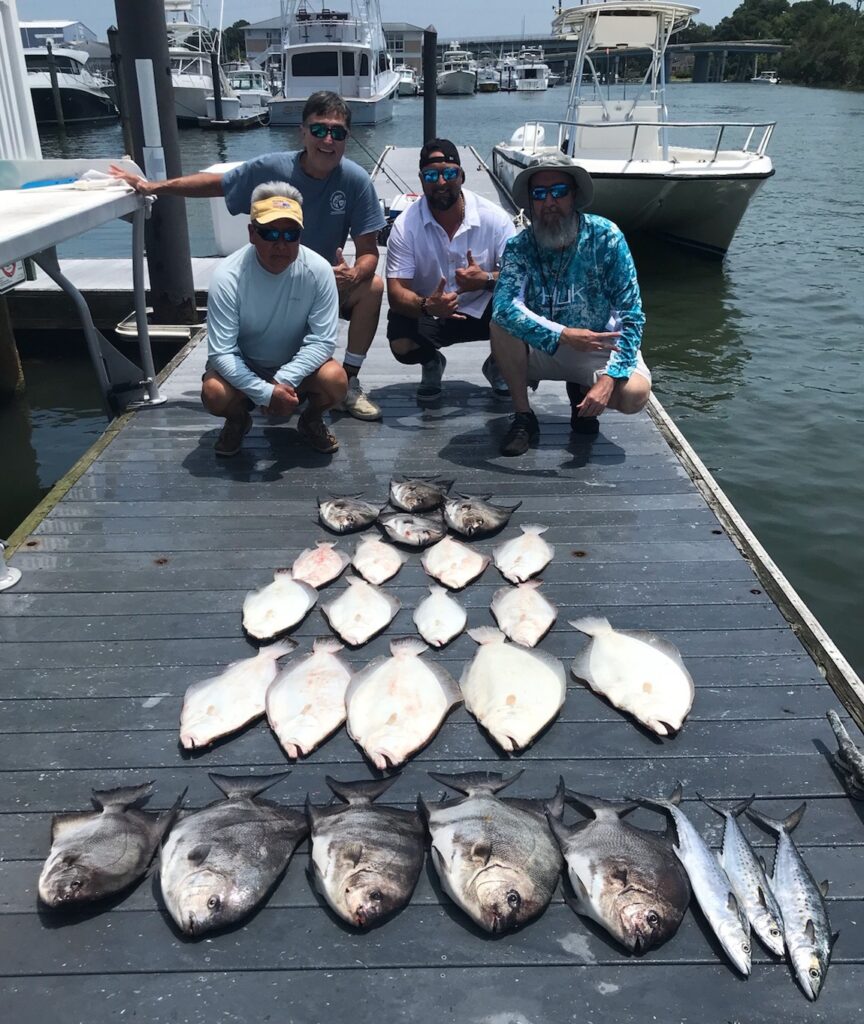
Paige II Charters had a great day on the water with flounder up to 6 lbs and spadefish up to 8 lbs
Spadefish: These tasty fish are schooling around hard structures like bridge pilings, wrecks, or artificial reefs. The best way to attract them is to anchor up current and chum with clam snouts or ground menhaden. Then, use small hooks with clam strips as bait, and drop them into the chum slick. Spadefish can be very finicky, so you need to match the size and color of your bait to the natural food they are eating.
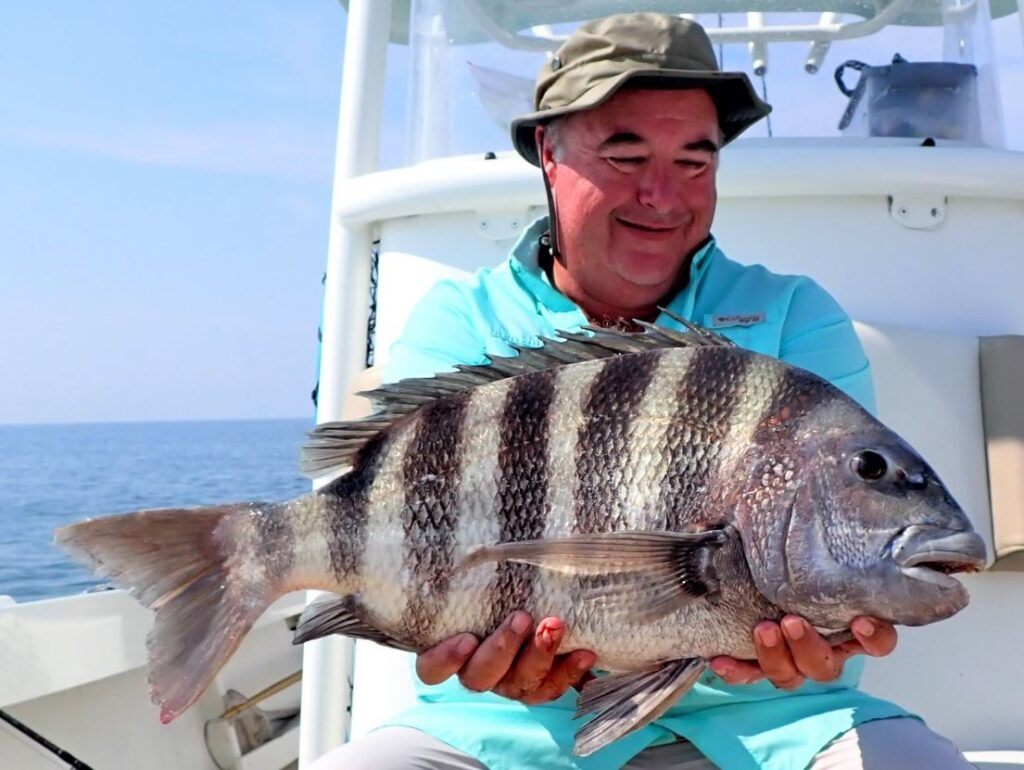
Sheepshead: These striped fish are also found around hard structures, especially the pilings of the Chesapeake Bay Bridge Tunnel. They have strong teeth that can crush crabs, mussels, or barnacles, which are their favorite foods. To catch them, use a sweeper jig with a small hook and a piece of crab as bait, and fish close to the pilings. Sheepshead can be very tricky to hook, so you need to pay attention to the subtle bites and set the hook quickly.
Flounder: These flatfish are lying on the bottom, waiting for an unsuspecting prey to swim by. They can be caught in various locations, such as the CBBT, the bay reefs, the inlets, or the rivers. The most popular way to catch them is to use a bucktail jig with a gulp or a fresh fish strip as a trailer, and bounce it along the bottom. Another option is to drift live bait, such as spot, mullet, or mud minnows, on a flounder rig with a sinker and two hooks. Flounder can be very selective, so you need to vary your speed and depth until you find what works.
Spot: These small fish are becoming abundant in the Bay, its tributaries and along the beachfront. They are fun to catch and good to eat. The simplest way to catch them is to use a two-hook bottom rig with small hooks and pieces of bloodworms as bait. You can also use squid strips, shrimp, or artificial bloodworms. Spot can be caught from a boat or from shore, such as the Virginia Beach Pier.
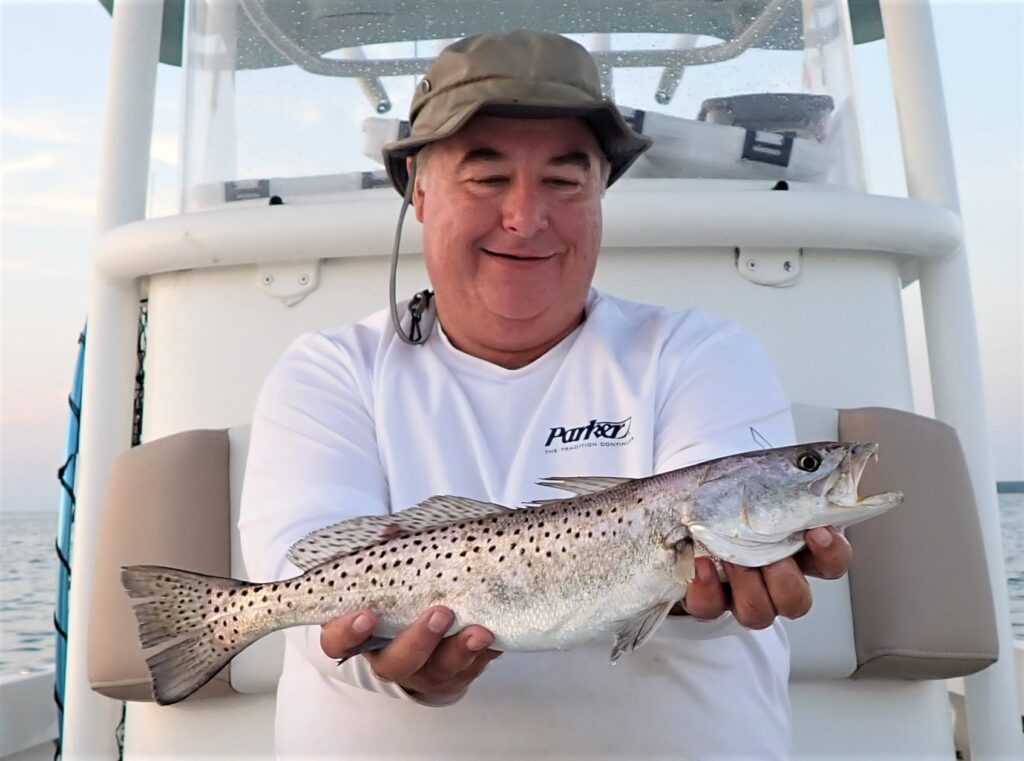
Trout: Specks are in the rivers and inlets, where they feed on shrimp, crabs, or small fish. One of the most exciting ways to catch them is to use topwater baits, such as poppers, walkers, or chuggers, and create a lot of noise and splash on the surface. Another option is to use popping corks with live shrimp or soft plastics underneath, and pop them periodically. You can also use jigs and soft plastics in various colors and sizes and jig them near the bottom or along the grass beds.
Red Drum: These fish are also known as redfish or channel bass. They can grow very large (up to 50 pounds or more) and put up a great fight. They are mostly caught at night, when they feed on crabs or fish on the shoals. The best way to catch them is to use a fish-finder rig with a large circle hook and a chunk of crab or cut bait as bait. You can also catch them during the day if you encounter large schools of them cruising near the surface. In that case, you can cast spoons, jigs, or plugs at them.
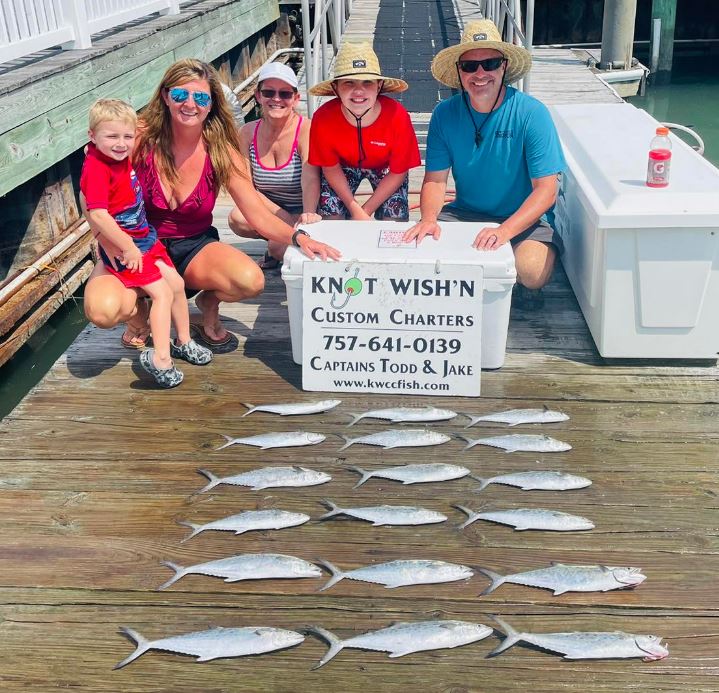
Great Spanish fishing by Knot Wish’n Charters
Spanish Mackerel: These fish are fast and furious. They are found in large numbers inside the bay and along the oceanfront. They feed on small baitfish like anchovies or silversides. The best way to catch them is to troll spoons behind in-line sinkers or diving planers at high speed. You can also cast gotcha plugs or small spoons at them if you see them breaking the surface. Spanish mackerel have sharp teeth that can cut your line easily, so you need to use wire leaders or heavy monofilament.
Tarpon: These fish are also known as silver kings. They are majestic and acrobatic. They can jump out of the water several times when hooked. While they are usually caught by anglers fishing for other species, they can be targeted in their usual feeding holes, such as behind Cobb Island on the Eastern Shore, or in our south side rivers. The best way to catch them is to use live bait, such as mullet, menhaden, or spot, and fish near the bottom with a heavy-duty rod and reel. Tarpon can be very elusive, so you need to be patient and persistent.
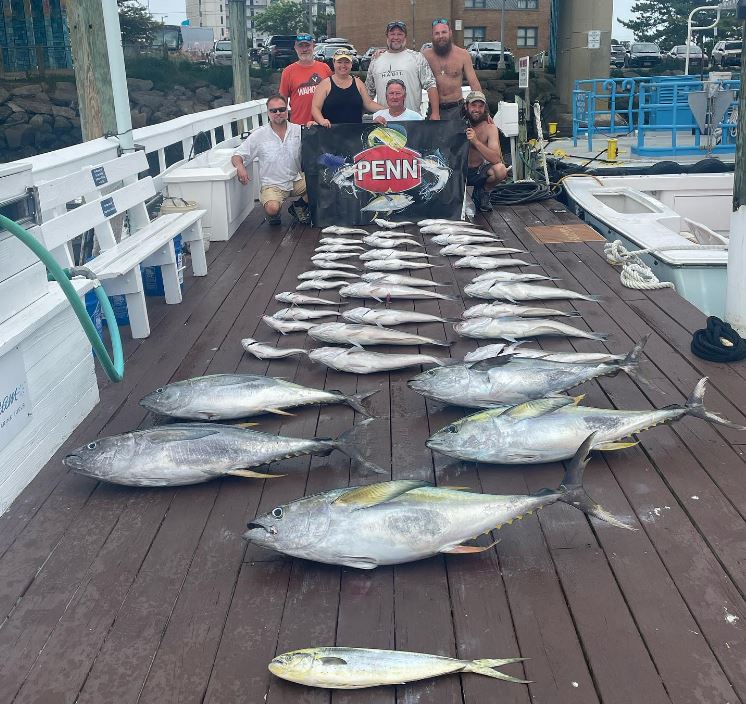
High Hopes & Captain David Wright put his crew on a pretty class of Yellowfin Tuna and caught 5 VA citation Blueline Tilefish deep dropping.
Offshore: If you are looking for big-game fishing, head offshore. Tuna (big eye, yellowfin, or bluefin), dolphin (also known as mahi-mahi), wahoo, and billfish (marlin or sailfish) are all available now.
Deep Dropping: If you are looking for a different kind of fishing experience, you can try deep dropping. This is a technique that involves fishing in very deep water (from 300 to 1000 feet or more) You can catch some delicious fish, such as tilefish, grouper, sea bass, or rosefish.
OBX, NC Report
The sound side offers a variety of fish to catch, such as Big Speckled Trout, Sheepshead, Black Drum, Bluefish, and slot Red Drum.
Spanish Mackerel are also appearing in the Surf, along with Bluefish, Sea Mullet, Spot, and some Pompano.
The piers have been productive with different species lately. Jennettes Pier reported Sea Mullet, Spot, Flounder, Croaker, Pigfish, Bluefish, Spanish Mackerel, Sea Bass, and a few King Mackerel. Nags Head Pier also had a nice keeper Cobia the other day.
Offshore Billfish are showing up in good numbers. Besides Billfish, the offshore fleet is also landing lots of Dolphin and a few Yellowfin Tuna. Tilefish are being caught by deep droppers.
Book your Virginia Beach fishing trip!


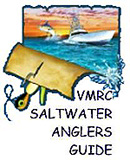
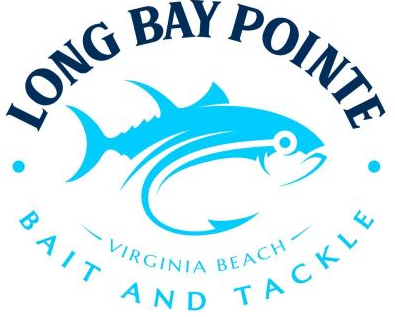

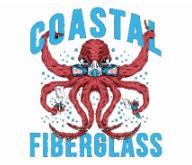






 Views Last 7 days : 3786
Views Last 7 days : 3786 Views Last 30 days : 11008
Views Last 30 days : 11008